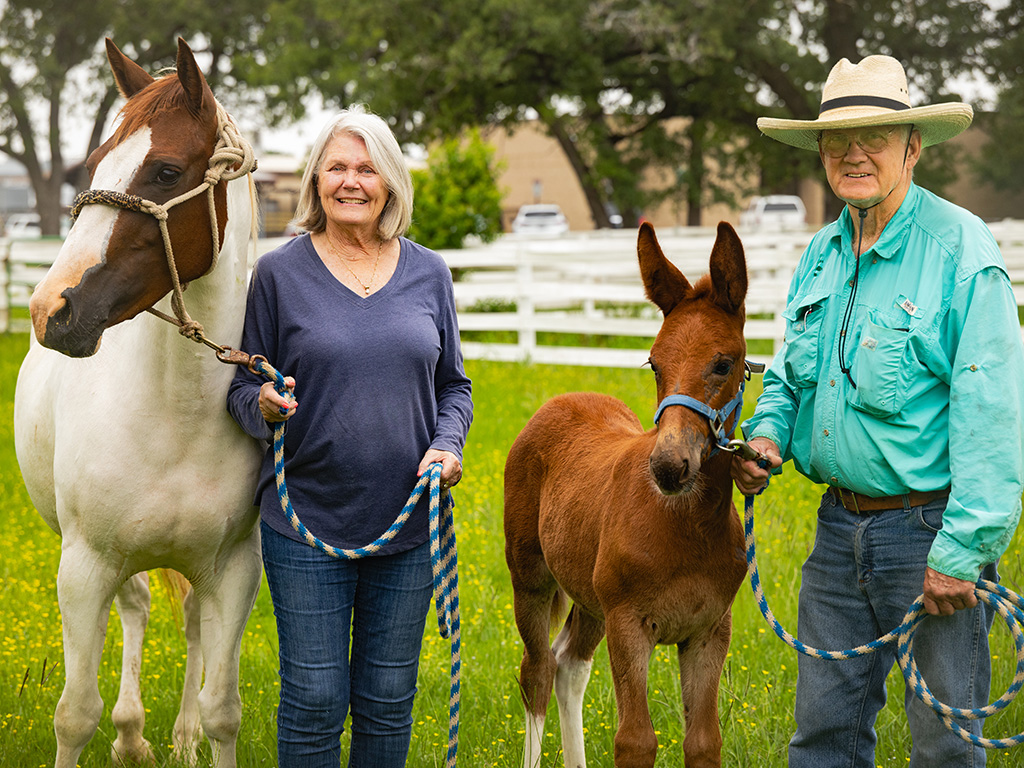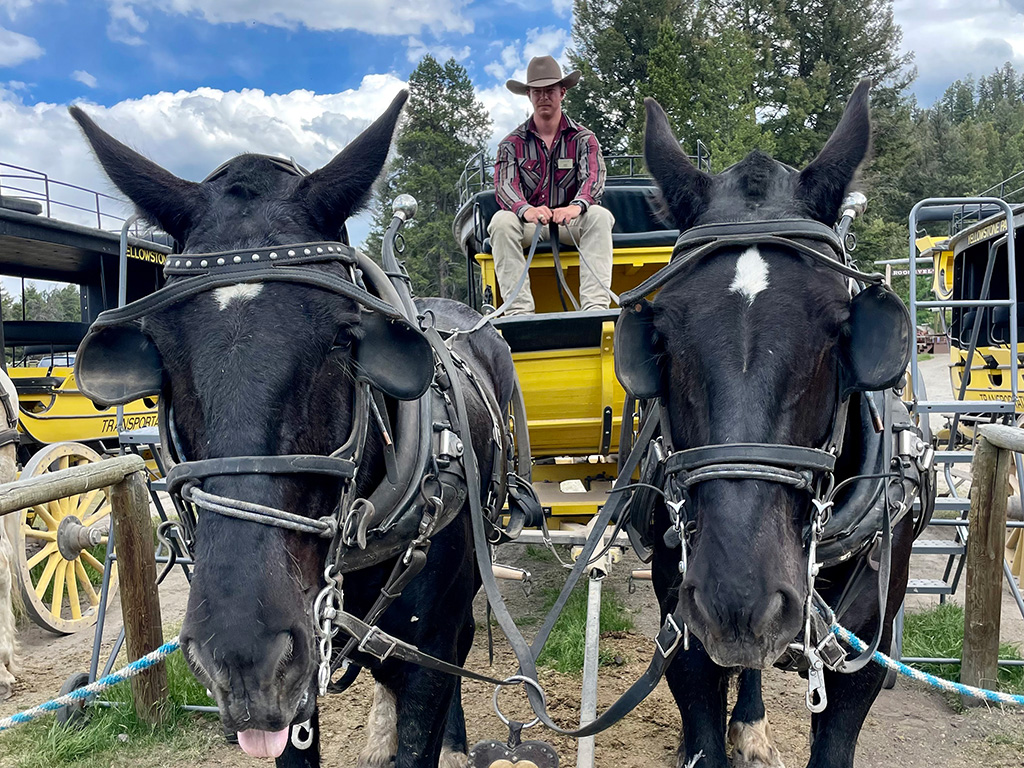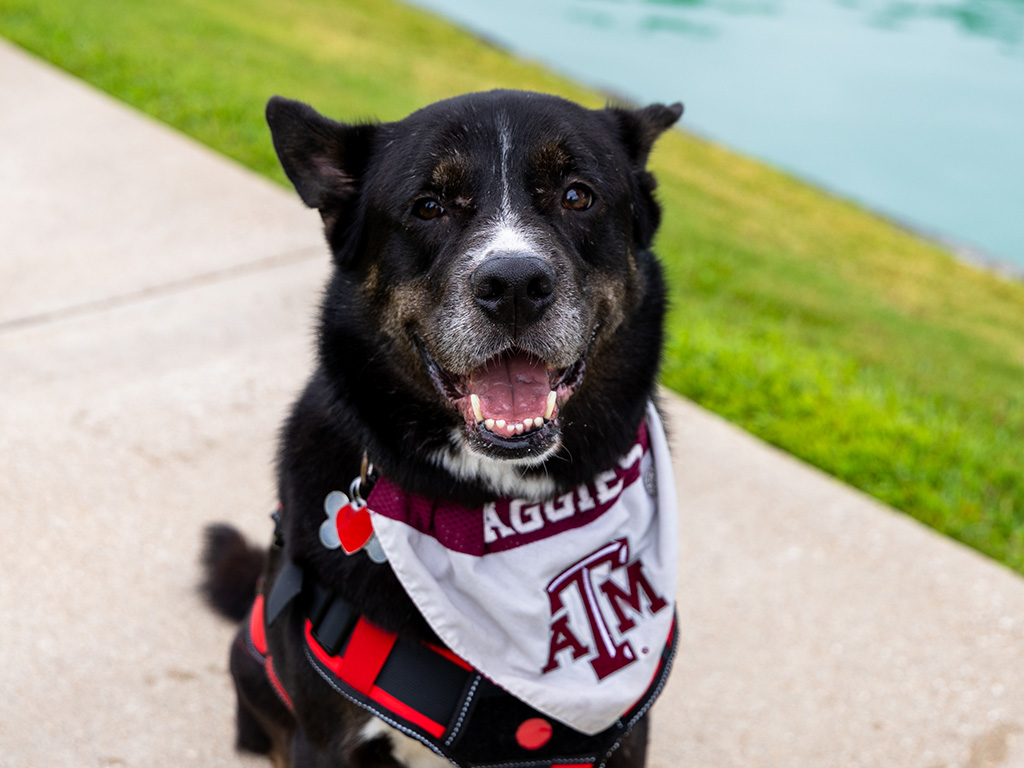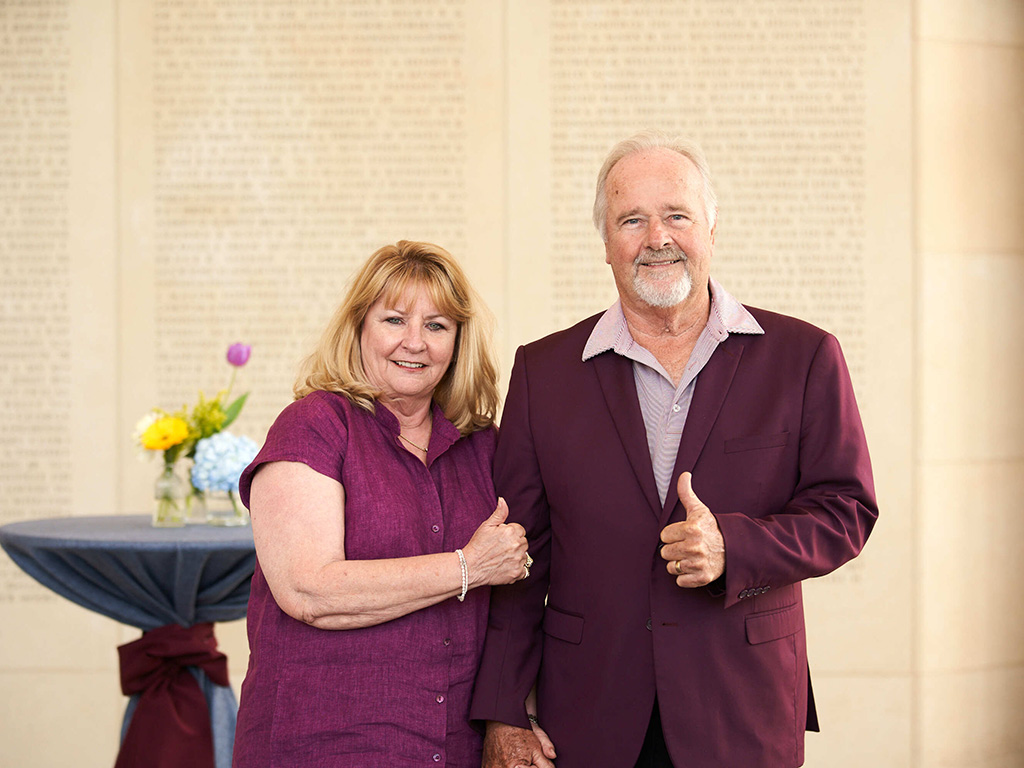New McAllen Facility Allows VMBS To Better Serve South Texans
Story by Rachel Knight, VMBS Marketing & Communications
Texas A&M’s newest facility in McAllen will allow the VMBS to better serve the Rio Grande Valley through education, research, and outreach.
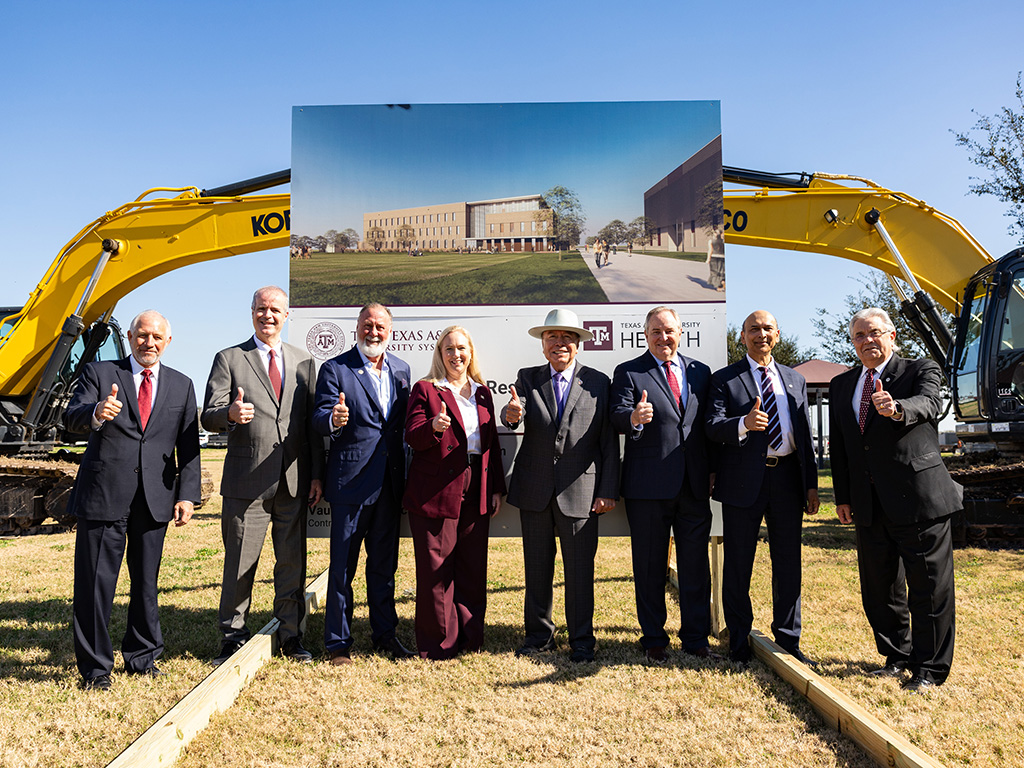
For many years, the Texas A&M College of Veterinary Medicine & Biomedical Sciences (VMBS) has been serving residents in the Rio Grande Valley in support of Texas A&M University’s land-grant mission through education, research, and outreach.
For example, by participating in activities like the State of Texas’ annual Operation Border Health Preparedness (OBHP) readiness exercise and outreach event, VMBS faculty, staff, and students who help compose the Texas A&M Veterinary Emergency Team have brought veterinary wellness examinations and preventative medicine to residents whose access to veterinary care is extremely limited.
Now, the VMBS is expanding its ability to serve South Texans by increasing its footprint at the Texas A&M University Higher Education Center at McAllen.
In January 2024, Texas A&M University broke ground on a new Health Nursing Education & Research Building. The nearly 61,000-square-foot building will include a hub for VMBS One Health programming — a 5,000-square-foot space for the VMBS to establish a veterinary telehealth service, a research laboratory, and a home base to address the animal health needs of underserved communities in the area.
The new space will empower the VMBS to better serve Texans in the Rio Grande Valley and beyond by enhancing seven areas, including transboundary disease research, large animal biosecurity efforts, zoonotic disease research, student recruitment, veterinary public health research, dual-language programs in public health outreach and education, and telemedicine.
“The building is targeted to be open in 2026, and we anticipate being able to occupy the space starting that spring,” said Dr. Ramesh Vemulapalli, executive associate dean at the VMBS.
Expanding Aggie Educational Excellence
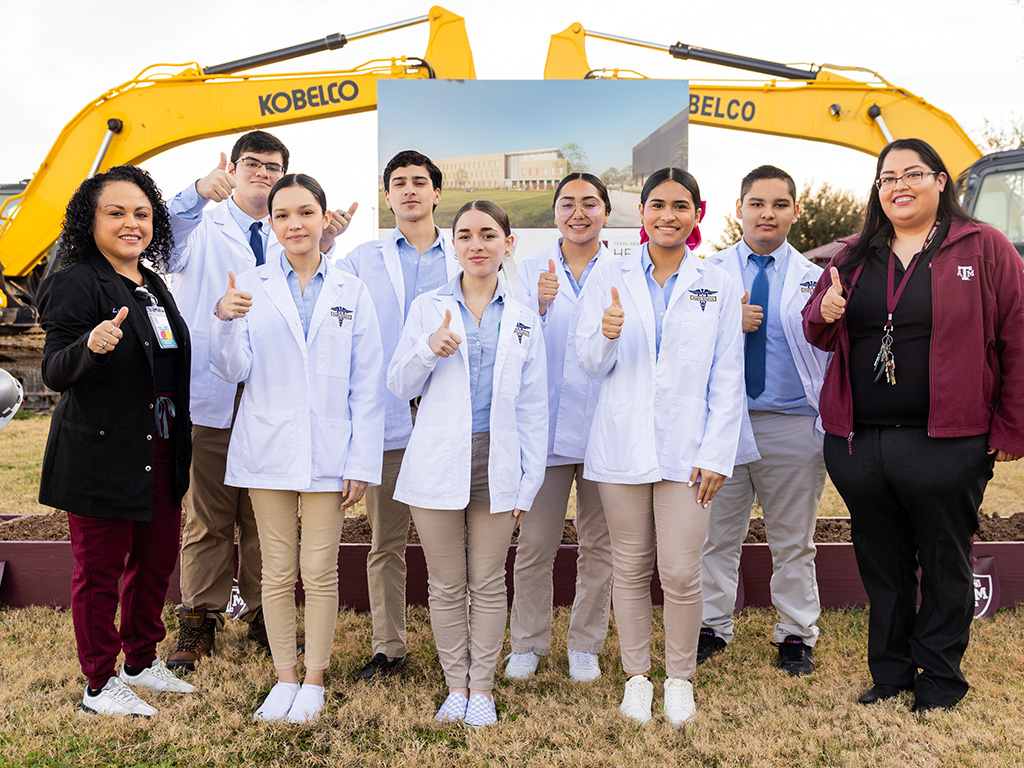
Vemulapalli explained that the VMBS has been active in higher education on the Texas A&M University System’s McAllen campus since it opened in 2018.
“Our biomedical sciences undergraduate program (BIMS) is the largest program at present in McAllen,” he said. “Our goal is to provide Texas A&M academic excellence in South Texas for students who are interested in remaining in the area while pursuing their bachelor’s degree. It is also a great location to recruit highly qualified students into our graduate and Doctor of Veterinary Medicine (DVM) programs.”
The new facility will provide additional opportunities for BIMS undergraduate students in McAllen.
“With the new space, we’ll be able to engage our McAllen BIMS students in research opportunities within the One Health center,” Vemulapalli said. “The research will provide both great learning experiences and exposure to career opportunities these students may not otherwise consider.”
In addition to expanding research opportunities for BIMS students, the VMBS plans to use the One Health space to create dual-language programs that will better prepare students to serve in public health roles.
“We recognize the importance of communication in both Spanish and English to reach as many people as possible,” Vemulapalli said. “As the name ‘One Health’ implies, no matter how many different people or animals are in a community, we share the environment and one overall public health outcome. Dual language is key to making sure everyone in this community has easy access to important health information.”
Groundbreaking Research
The VMBS also has several ongoing research efforts in South Texas that will benefit from the new space.
“Currently, VMBS faculty conducting research in South Texas must either travel or send graduate students to the area to collect samples and then transport the samples back to College Station to process and analyze them,” Vemulapalli said. “This makes research less timely and more expensive. The new facility will allow our research teams examining some of the most pressing current health concerns to be more efficient by collecting and processing samples in the same region of our very large state.”
The One Health center also will help expand research efforts in transboundary diseases, an increasingly important part of keeping animals and Texans healthy statewide.
“Transboundary disease is an important area to address, and McAllen’s proximity to the border makes it an ideal place for this topic to be explored,” Vemulapalli said. “In our One Health space, we can look at infectious diseases carried across the border by ticks, mosquitoes, and other insects that bring new diseases into Texas and the United States.
“Large animal biosecurity is tied to transboundary diseases,” Vemulapalli continued. “We’ll be better able to assist in ensuring the health of livestock and the safety of our food supply that depends on them by monitoring for potential exotic diseases, developing surveillance programs, and informing producers of potential biosafety concerns.”
Zoonotic diseases in the area will be explored at the One Health center, too.
“Zoonotic diseases are infectious diseases that are transmitted from animals to humans,” Vemulapalli explained. “Pet populations that don’t have access to veterinarians suffer from more health problems and carry and spread zoonotic diseases. Like many rural areas of the state, the Rio Grande Valley suffers from a veterinary shortage, which makes it a hotbed for zoonotic diseases to spread. Our faculty and students will be able to research both preexisting and newly emerging zoonotic diseases in the area, benefiting Texas and beyond.”
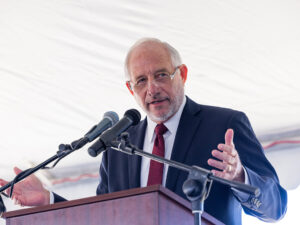
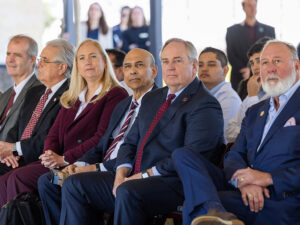
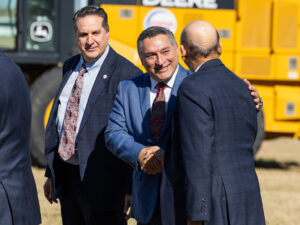
Selfless Service In South Texas
In addition to expanding education and research opportunities, the One Health center will provide space for outreach and service efforts in the area.
The VMBS plans to expand its veterinary telehealth offerings into the area, which will provide immediate help in addressing the shortage of veterinary specialists while also training DVM students in the routine use of telemedicine.
“Our vision is to create a high-tech exam room at McAllen and install appropriate technology in that exam room so that experts at our campus in College Station can examine patients in McAllen and provide medical advice,” Vemulapalli said. “Telehealth is still an emerging field in the veterinary medical profession. The One Health center will allow us to partner with our biomedical engineering colleagues to develop new sensor technologies, instruments, and tools to expand telehealth capabilities in veterinary medicine.”
Public education via outreach is another focus for the VMBS at the One Health center.
“Our outreach program will allow us to help educate the general public in South Texas about pet health and the role pet health plays in protecting people’s health while also giving them the opportunity to educate us about the public health concerns in the area,” Vemulapalli shared. “We’ll be able to discuss the importance of things like spaying and neutering both to the individual animal and to the overall animal population in the community.
“The clients we serve in the area will ultimately help us to determine what research projects we need to focus on to address emerging health concerns,” he continued. “For example, during a meeting with community leaders in the area, we discussed murine typhus, a zoonotic disease that’s more common in South Texas. We talked to a lady who got sick while caring for a feral dog. It had a lot of ticks, and she found a tick on herself. She wanted to know if the tick bite was the reason for her illness and if ticks from feral animals are spreading diseases to people in the region. With research laboratory space in McAllen, we’ll be able to help answer these kinds of questions.”
Outreach efforts that require a physical presence will also benefit from the One Health center.
“For example, the Veterinary Emergency Team (VET) would be able to use the facilities during the annual Operation Border Health Preparedness exercise,” Vemulapalli said. “OBHP is Texas’ largest disaster preparedness event, and the VET participates to test their own readiness while also providing veterinary care to animals that would otherwise go without. The space will give the team a place to call home while working on this important exercise.”
Vemulapalli said the ability the One Health center provides in better serving the South Texas community is perhaps the most rewarding benefit of the space.
“There’s a lot of excitement from the community members about our presence there,” he said. “They said it makes them feel seen and not forgotten. The focus on the local problem means a lot to them, and it means a lot to the VMBS to be their partner in addressing these issues.”
###
Note: This story originally appeared in the Fall 2024 issue of VMBS Today.
For more information about the Texas A&M College of Veterinary Medicine & Biomedical Sciences, please visit our website at vetmed.tamu.edu or join us on Facebook, Instagram, and Twitter.
Contact Information: Jennifer Gauntt, Director of VMBS Communications, Texas A&M College of Veterinary Medicine & Biomedical Sciences, jgauntt@cvm.tamu.edu, 979-862-4216
You May Also Like

